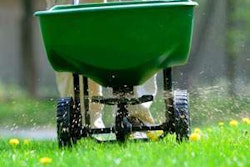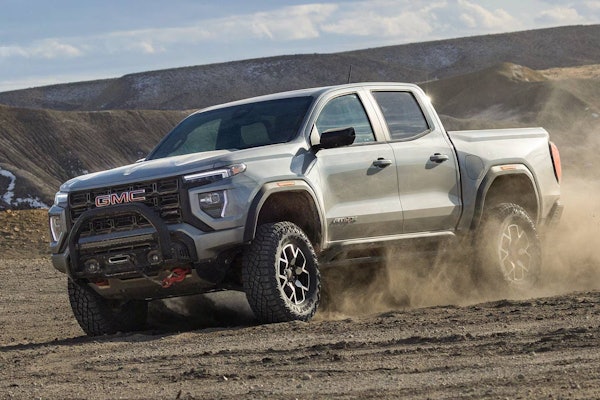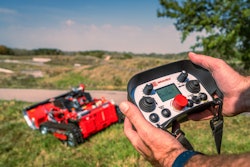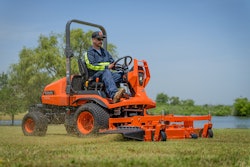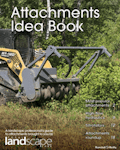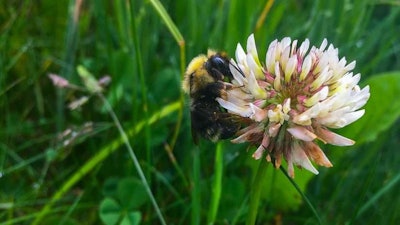 Photo: Hannah Moore
Photo: Hannah MooreKnowing that pollination is a critical ecological survival function, let’s take a look at a few plant suggestions from the National Audubon Society that can help continue to attract pollinators to your customer’s yards.
It’s no secret that pollinators play a significant role in the health of the environment and the agricultural system, but as human-dominated landscapes continue to expand, pollinators are requiring more connections among fragmented natural landscapes to thrive.
Through the use of its native plant database, Audubon says that finding the right type of native plant for your customer has never been easier. Having native plants in an outdoor space can aid a wide range of pollinators, such as insects and birds, and it can also help create feeding and nesting places for baby birds.
To give you an idea or a starting point for your next project, take a look at the following native plants that can be found all across the United States. These plants are easy to grow and can be found at many native plant nurseries.
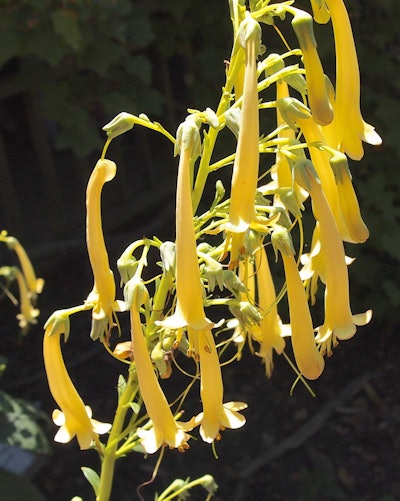 Photo: caligula1995/Flickr
Photo: caligula1995/FlickrCarolina jessamine or jasmine (Gelsemium sempervirens)
These are an excellent alternative to the invasive species Japanese honeysuckle, and they will do an equally effective job of attracting pollinators of all types. Similar in look to honeysuckles, jasmine will also add a bright pop of color to your customer’s landscape while providing the needed native plant aspect.
________________________________________________________
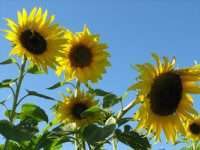 Photo: Lana/Flickr
Photo: Lana/FlickrSunflowers (Helianthus spp.)
Sunflowers are not only beautiful, they also attract butterflies, bees and many other pollinators. After they begin to produce seeds, sunflowers can provide a great source of food for birds.
________________________________________________________
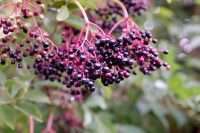 Photo: Andy Rogers/Flickr
Photo: Andy Rogers/FlickrElderberries (Sambucus spp.)
The white flower clusters will attract many pollinators in early summer. In the late summer it will provide bright dark-blue fruits that are attractants for a variety of birds.
________________________________________________________
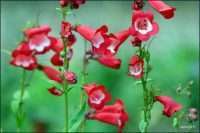 Photo: Manuel/Flickr
Photo: Manuel/FlickrPenstemons (Penstemon spp.)
These flowers come in a variety of colors. They are an attractant of many pollinators but are especially noticeable to hummingbirds. Ground-feeding birds can also feast on the tiny seeds of these perennials.




